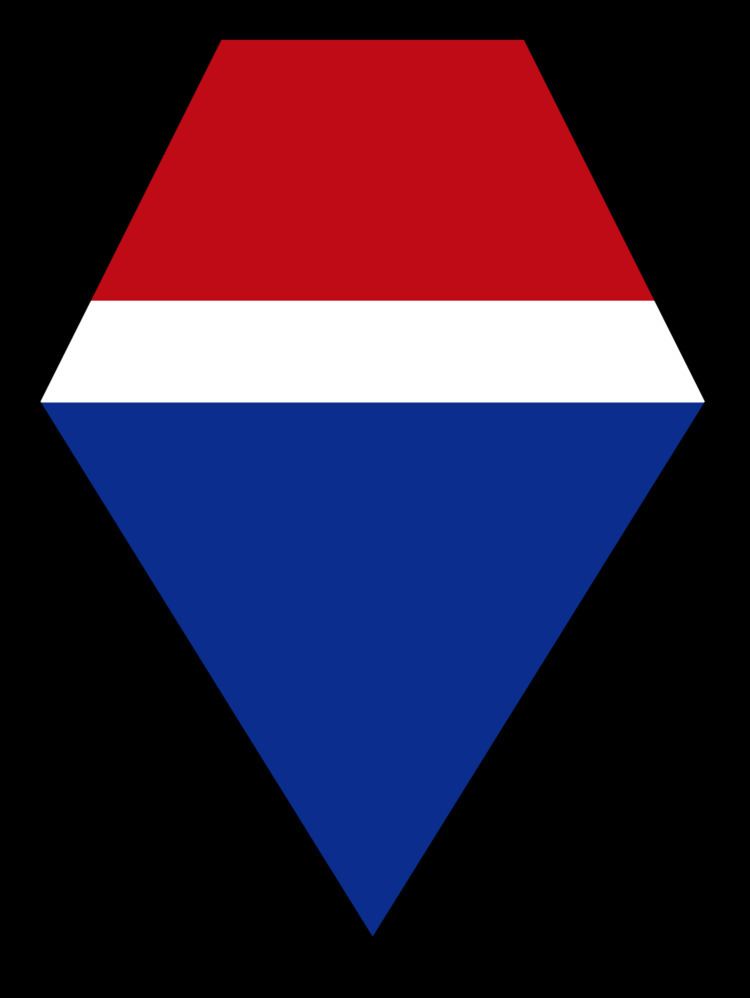Active 1944–45 Size 1.3 million men | Country United States | |
 | ||
Role Army Group Headquarters | ||
The Twelfth United States Army Group was the largest and most powerful United States Army formation ever to take to the field. It controlled the majority of American forces on the Western Front in 1944 and 1945. It was commanded by General Omar Bradley with its headquarters established in London on 14 July 1944.
Bradley's First United States Army, which later formed part of the Twelfth Army Group, formed the right wing of the Allied lines during the Normandy landings and the Battle of Normandy. They were joined during July by the Third United States Army, under the command of General George S. Patton. Until September, when General Eisenhower assumed overall command of the Allied land forces in Northwest Europe, the U.S. forces in Normandy were included with the British Second Army and the First Canadian Army in the British headquarters formation 21st Army Group, commanded by General Montgomery.
After the breakout from the beach-head at Normandy, the Twelfth Army Group formed the center of the Allied forces on the Western Front. To the north was the British 21st Army Group (the 2 aforementioned field armies) and, to the south, advancing from their landing on the Mediterranean coast, was the Sixth United States Army Group (Seventh United States Army and French First Army).
As the Twelfth advanced through Germany in 1945, it controlled four field armies: First United States Army, Third United States Army, Ninth United States Army and Fifteenth United States Army. By V-E Day, the Twelfth Army Group was a force that numbered over 1.3 million men.
Order of Battle – 8 May 1945
Source: Bradley, Omar, A Soldier's Story, New York: Henry Holt and Company (1950), pp. 557–561
